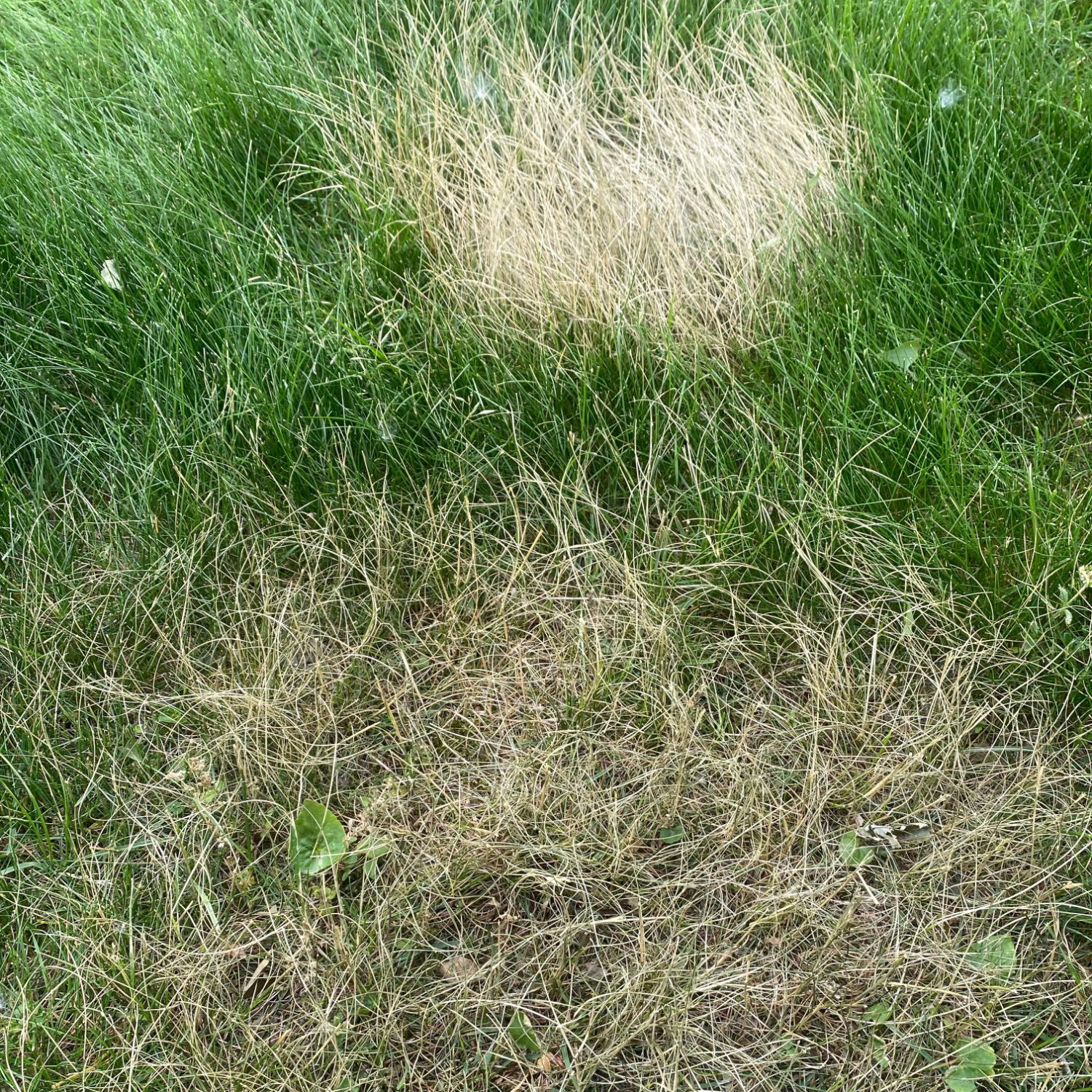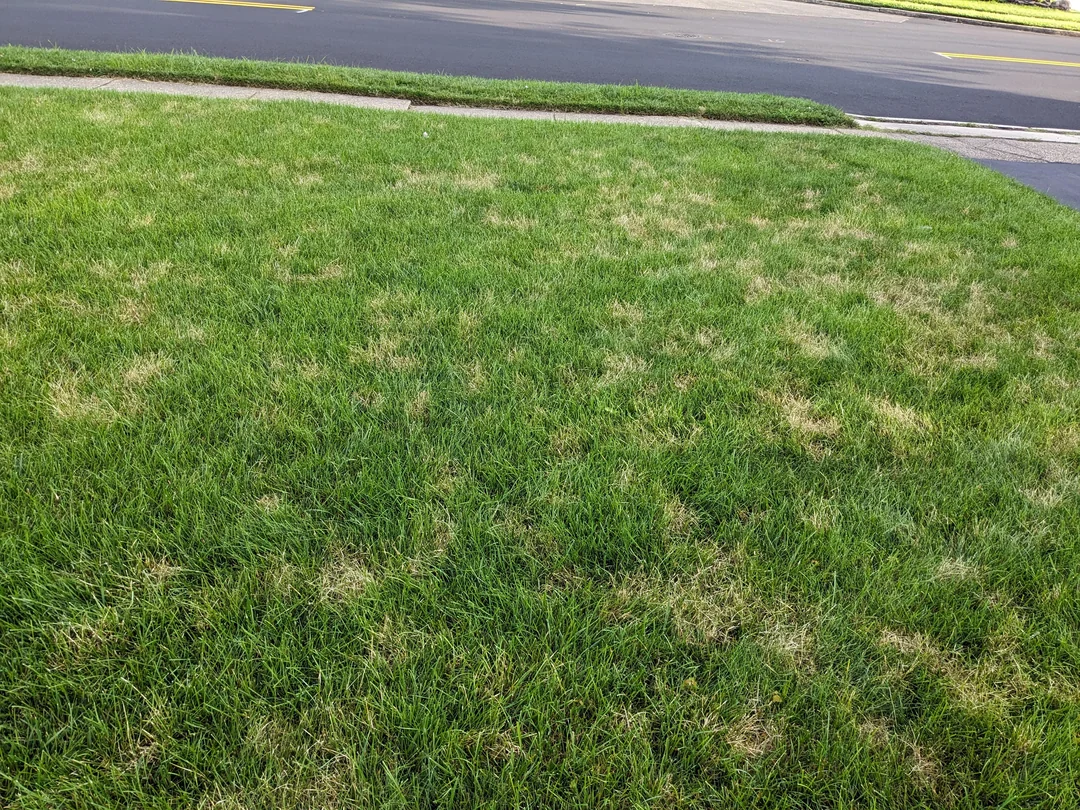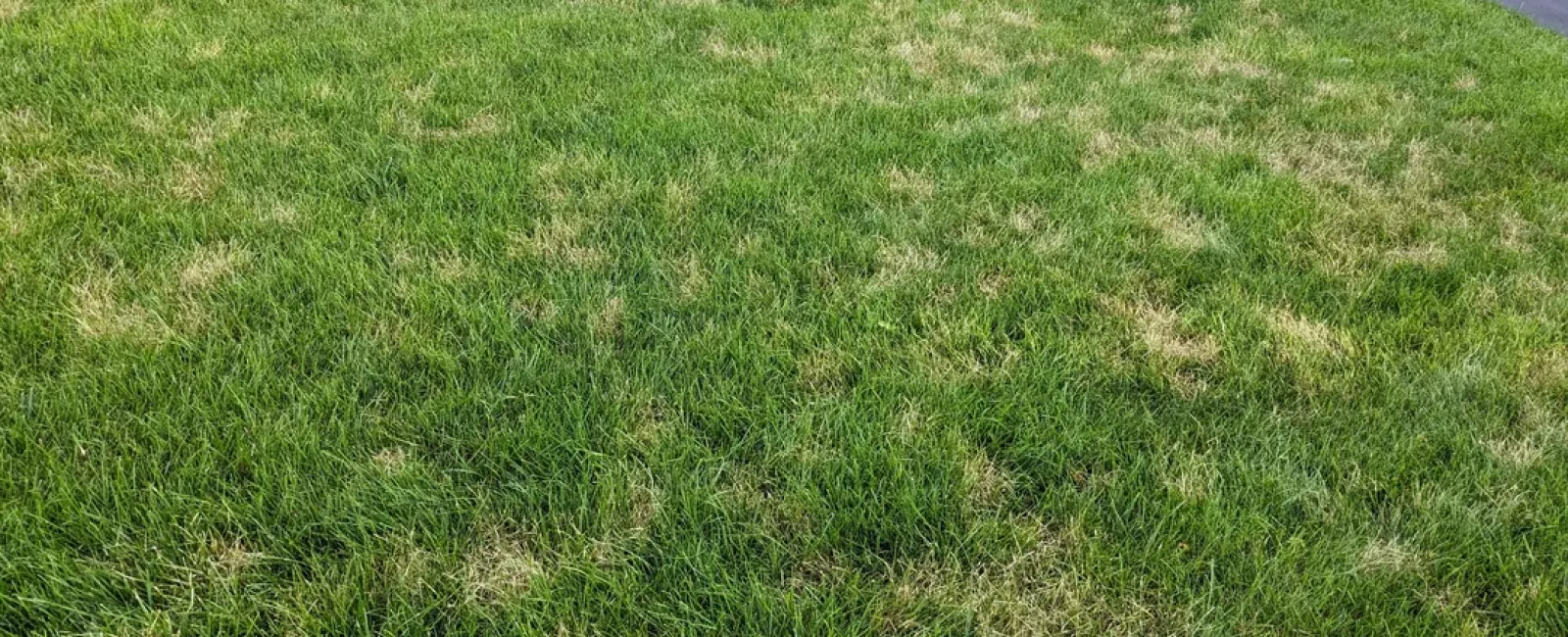A lawn can lose appeal when grass fungus takes hold, turning its green turf into a patchy, discolored landscape. Grass fungus is a common issue that many homeowners face, often without realizing what is causing the problem. In this blog, we will dive into the factors that lead to grass fungus, how to identify it early, and the steps to treat and prevent it, ensuring your lawn stays healthy and thriving.
What is Grass Fungus?

Grass fungus, often referred to as lawn fungus, is a broad term that encompasses a variety of fungal diseases affecting grass. These fungi can cause significant damage to your lawn, leading to discoloration, thinning, and even dead patches. The most common types of grass fungus include brown patches, dollar spots, and powdery mildew, each with its unique characteristics but all potentially ruining your lawn if not treated properly.
What Causes Grass Fungus?
Grass fungus thrives under specific conditions, and understanding these factors is crucial for preventing and managing fungal infections. The primary causes of grass fungus include:
1. Excess Moisture
Fungi thrive in moist environments, making excessive moisture one of the leading causes of grass fungus. Overwatering, poor drainage, or persistent rain can create ideal conditions for fungal growth. The moisture allows fungal spores to germinate and spread, leading to widespread damage if left unchecked.
2. Humidity and Temperature
Warm, humid weather is another factor contributing to grass fungus development. Fungal spores become more active in temperatures between 60°F and 80°F, particularly when combined with high humidity. This is why lawn fungus is often more prevalent in late spring and early summer.
3. Poor Lawn Care Practices
Improper lawn care can weaken your grass, making it more susceptible to fungal infections. Practices such as mowing too low, using dull mower blades, and failing to aerate the soil can stress your lawn and create entry points for fungal spores. Additionally, over-fertilization can cause rapid, weak growth that is more vulnerable to fungus. Signs of Fungus in Your Lawn
Signs of Fungus in Your Lawn
Recognizing the signs of grass fungus early is essential for effective treatment. Lawn fungus often appears in many ways, depending on the type of fungus affecting your grass. Common signs include:
Discolored Patches
One of the most obvious signs of grass fungus is the appearance of discolored patches on your lawn. These patches can range from yellow to brown and may spread rapidly if left untreated.
Thinned Grass
It could be a sign of fungal activity if you notice thinning or weak areas in your lawn. Thinned grass may appear weak and have a spongy texture when walked on.
Mushrooms
While not all mushrooms are harmful, their presence can indicate an underlying fungal issue. Mushrooms typically sprout in clusters, often indicating that the soil holds too much moisture.
Powdery Residue
Some fungal infections, such as powdery mildew, leave a white or grayish powder on the blades of grass. This powder can be easily wiped off but will reappear if the fungus is not treated.

How to Treat Grass Fungus
Addressing grass fungus effectively requires a combination of proper lawn care and targeted treatments.
Here are some of the most effective methods for grass fungus treatment:
1. Improve Lawn Drainage
Since moisture is a critical factor in developing grass fungus, improving your lawn's drainage can reduce the chances of fungal growth. Aerating your lawn allows water to penetrate the soil more effectively, reducing surface water and preventing puddles. Ensuring your lawn slopes away from your home can also help prevent water pooling in low areas.
2. Adjust Watering Practices
Overwatering is a common mistake that can lead to grass fungus. Water your lawn early in the morning to allow the grass to dry out during the day, which helps prevent the damp conditions that promote fungal growth. Water deeply but less frequently to promote deep root development and healthier grass, making it more resilient to fungus.
3. Mow Properly
Mowing your lawn at the correct height is crucial in preventing grass fungus. Keep your mower blades sharp to avoid tearing the grass, which can create entry points for fungal spores. Avoid cutting over one-third of the grass blade length at a time, as this can stress the lawn and make it more vulnerable to disease.
4. Use Fungicides
Applying a fungicide may be necessary in cases where grass fungus has already developed. Fungicides are available in both liquid and granular forms and can treat various grass fungus types. When choosing a fungicide, ensure it is labeled for the specific fungus affecting your lawn. Follow the manufacturer's instructions carefully, and apply the fungicide at the first sign of disease to prevent it from spreading.
5. Reseed Affected Areas
If certain areas of your lawn have been severely damaged by fungus, reseeding may be required to restore these patches. Choose a grass seed that is resistant to fungal diseases, and be sure to prepare the soil properly before seeding. Reseeding not only improves the appearance of your lawn but also strengthens it against future fungal attacks.
Preventing Future Fungus Outbreaks
Preventing grass fungus is often easier than treating it. Adopting a proactive approach to lawn care can significantly reduce the risk of future fungal infections. Here are some preventive measures to consider:
1. Balanced Fertilization
While fertilizing your lawn is important to promote growth, over-fertilization can lead to excess nitrogen, making the grass more susceptible to fungus. Use a balanced fertilizer and follow the recommended application rates to keep your lawn healthy without overloading it with nutrients.
2. Regular Aeration
Aerating your lawn once or twice a year can improve soil drainage and reduce thatch buildup, both of which can help prevent grass fungus. Aeration allows air, water, and nutrients to reach the roots more effectively, promoting more robust and resilient grass.
3. Proper Lawn Maintenance
Consistent lawn maintenance, including regular mowing, watering, and fertilizing, is key to preventing grass fungus. Keep an eye on your lawn for any early signs of disease and address issues promptly to prevent them from escalating.
Conclusion
Grass fungus is a common problem that can quickly turn a beautiful lawn into a mess. However, with the proper knowledge and practices, you can effectively prevent and treat grass fungus, ensuring your lawn remains healthy and green throughout the year.
By understanding what causes grass fungus, recognizing the signs of infection, and implementing effective treatment and prevention strategies, you'll be well-equipped to keep your lawn in top condition. You can enjoy a vibrant, fungus-free lawn by following the tips outlined in this blog.





